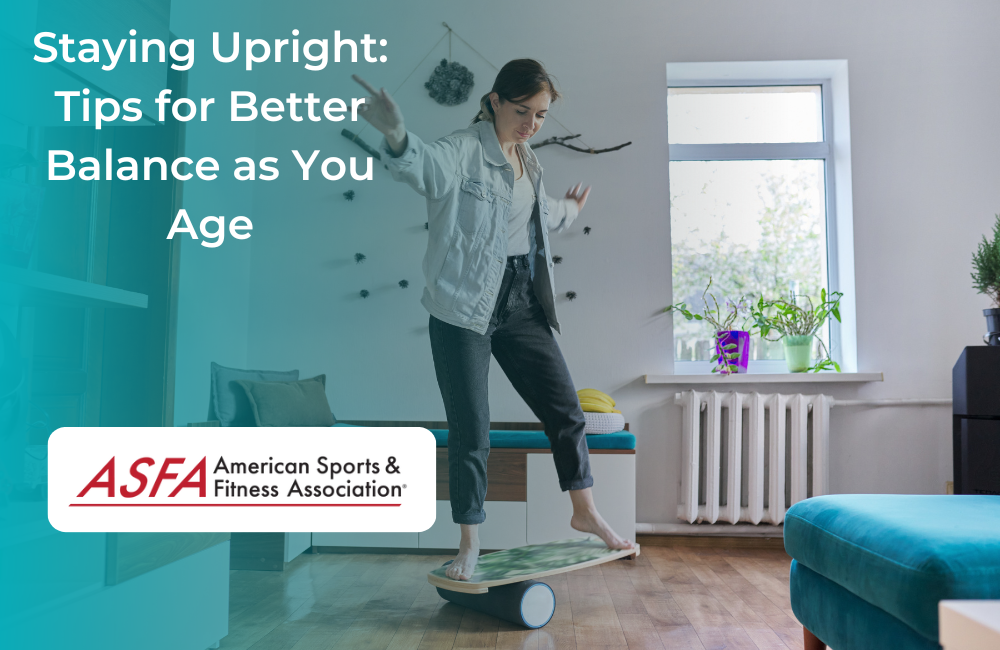Balance is a crucial aspect of everyday life, and as we age, maintaining it becomes even more vital. Falls can lead to serious injuries and a loss of confidence in one's physical abilities. Fortunately, there are effective strategies to enhance and preserve balance. In this guide, we'll explore tips and exercises tailored specifically for those navigating the journey of aging.
Understanding Age-Related Changes
As we grow older, various factors can contribute to a decline in balance. Muscle mass decreases, flexibility wanes, and sensory perception may diminish. Additionally, changes in vision, inner ear function, and joint health play a role. Acknowledging these changes is the first step towards proactively addressing them.
Incorporating Balance-Enhancing Exercises
Including balance-focused exercises in your routine is essential for maintaining stability. Simple activities like standing on one foot or walking heel-to-toe can make a significant difference. Tai Chi, a gentle form of exercise that emphasizes flowing movements and weight shifting, has also been shown to improve balance and reduce the risk of falls in older adults.
Building Strength for Stability
Strength training is a cornerstone of better balance. Focusing on the lower body, particularly the legs, can provide a solid foundation. Squats, lunges, and leg lifts are effective exercises that target the muscles needed for stability. Additionally, don't forget about the core. A strong core provides essential support for maintaining an upright posture.
Flexibility: The Key to Fluid Movements
Maintaining flexibility is crucial for preventing stiffness and promoting fluid movements. Stretching exercises, especially those that target the lower back, hips, and legs, can greatly enhance your range of motion. Incorporate yoga or Pilates into your routine to improve flexibility while also strengthening core muscles.
Vision and Hearing Health
Good vision is integral to balance. Regular eye check-ups and, if needed, updated prescriptions can significantly improve your ability to navigate your environment safely. Similarly, addressing any hearing issues can help with spatial awareness and stability.
Footwear Matters
The right footwear can make a substantial difference in balance. Choose shoes with a low, wide heel and a non-slip sole. Avoid shoes with high heels or inadequate arch support, as they can throw off your center of gravity.
Creating a Safe Environment
Home modifications can play a crucial role in preventing falls. Ensure that walkways are clear of clutter, and remove any tripping hazards like loose rugs or electrical cords. Install handrails in bathrooms and along staircases, and consider using non-slip mats in the shower or bath.
Nutrition for Bone Health
A balanced diet rich in calcium and vitamin D is essential for bone health, which directly impacts balance. Incorporate dairy products, leafy greens, and fortified foods into your meals. If necessary, consider supplements to meet your nutritional needs.
Regular Check-Ins with Healthcare Professionals
Consulting with healthcare professionals, including physical therapists and geriatric specialists, can provide personalized guidance for maintaining balance as you age. They can assess your specific needs and develop a tailored exercise and wellness plan.
Staying Active and Engaged
Maintaining an active lifestyle and engaging in social activities can contribute to better overall health, which in turn supports better balance. Regular physical activity, combined with mental stimulation, helps keep your body and mind sharp.
Embracing the Journey
Aging gracefully involves embracing the changes that come with it. By taking proactive steps to enhance and maintain your balance, you're not only reducing the risk of falls but also preserving your independence and quality of life. Remember, it's never too late to start improving your balance and enjoying the benefits it brings to your everyday activities.





